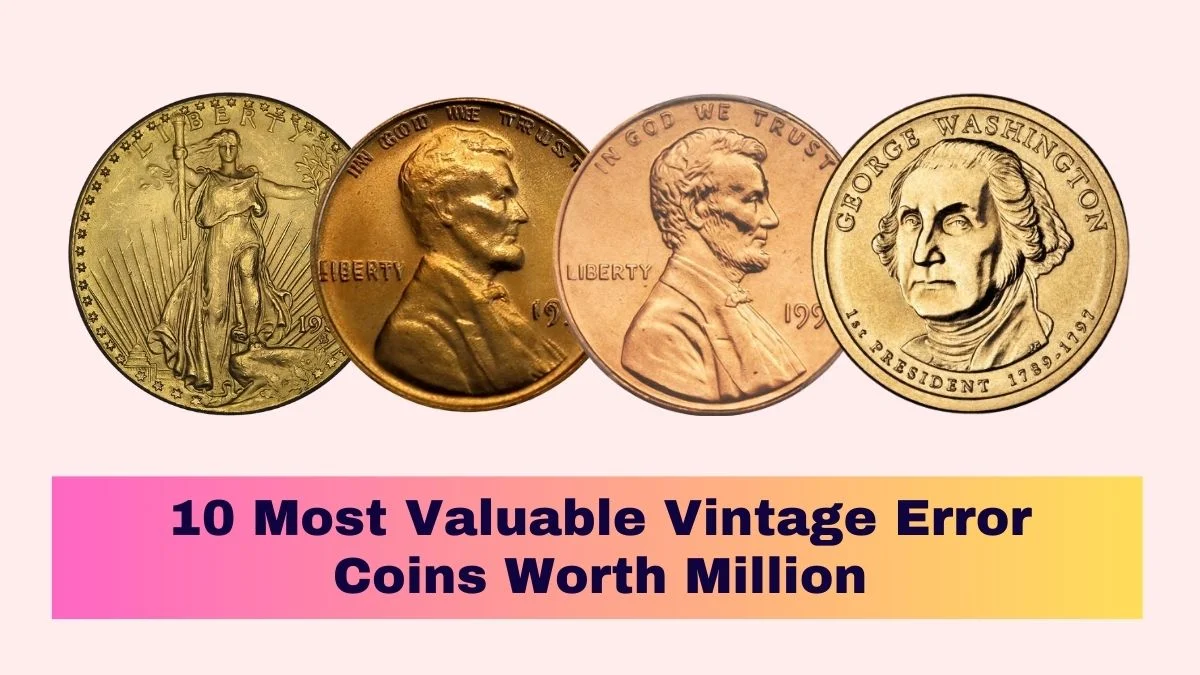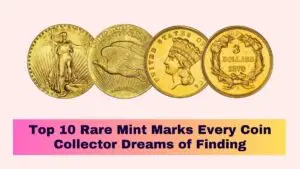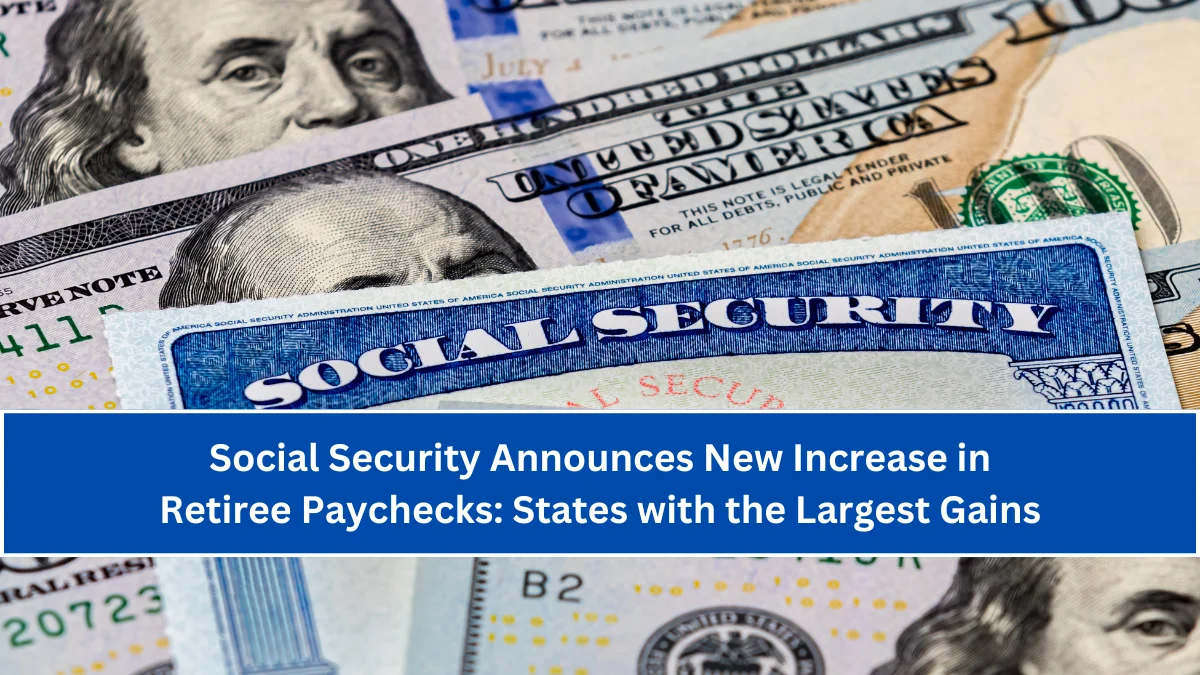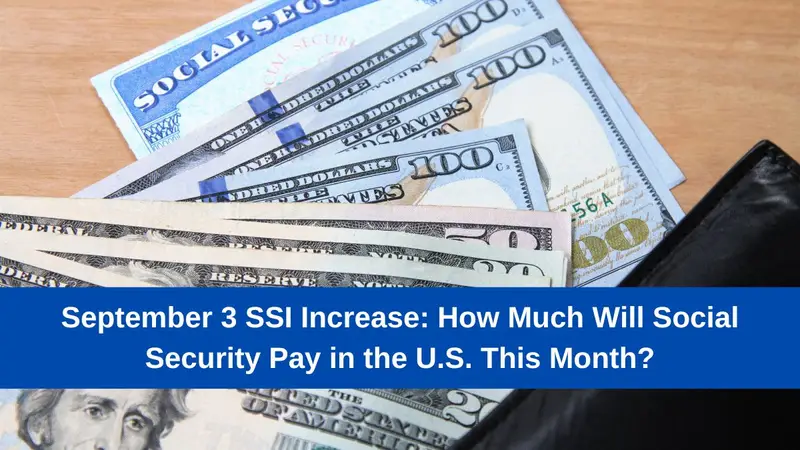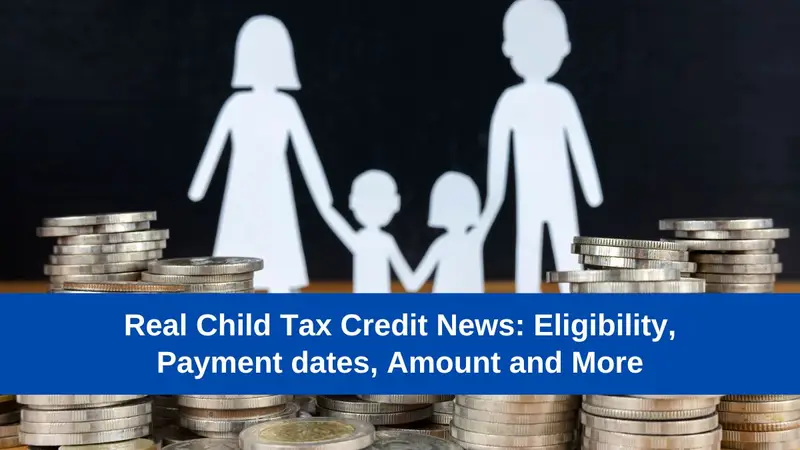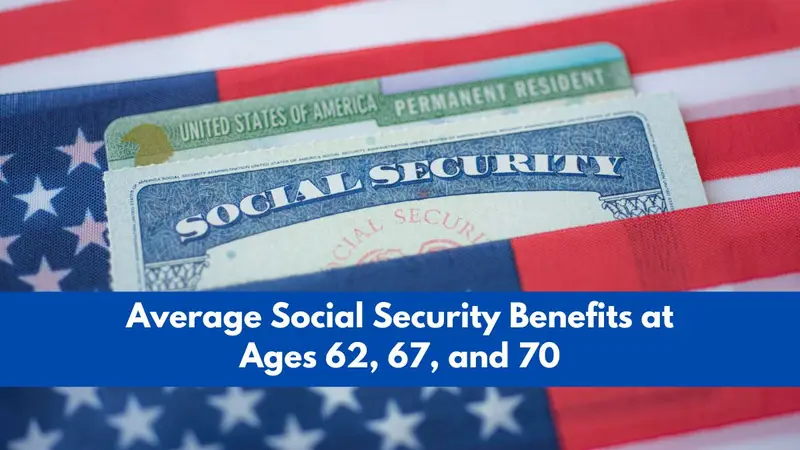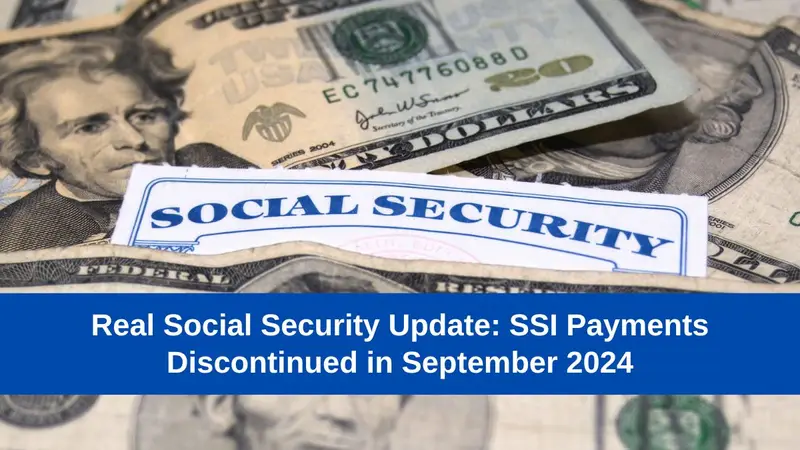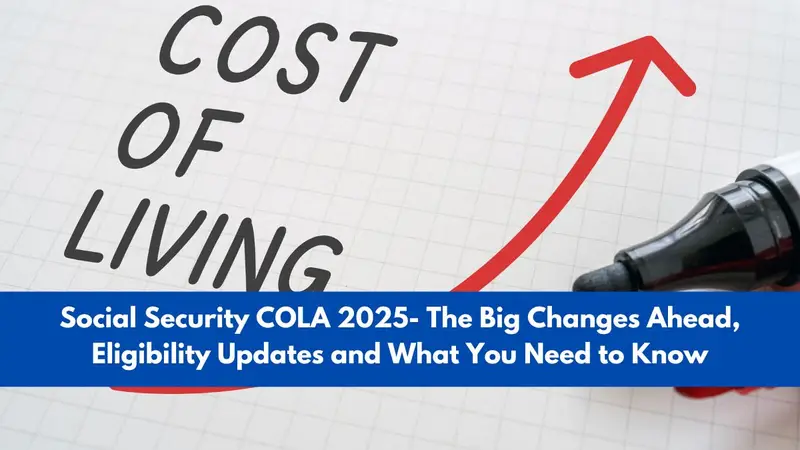In the world of numismatics, certain coins and currency notes gain immense value due to errors made during production.
These “error coins” or “error notes” can become rare collectibles, fetching millions at auctions.
In this article, we’ll explore some of the most valuable vintage currency errors and provide details on how they came to be worth such astronomical sums.
10 Most Valuable Error Coins Worth a Fortune
1. 1933 Double Eagle
The 1933 Double Eagle is perhaps the most famous of U.S. currency errors. Though 445,500 coins were minted, they never entered official circulation, and most were ordered to be melted down due to the Great Depression.
However, some coins escaped destruction, and today, only one privately-owned Double Eagle exists. In 2021, this coin fetched a staggering $18.8 million at auction, making it the most expensive U.S. coin ever sold.
2. 1794 Flowing Hair Dollar
The Flowing Hair dollar was the first dollar coin issued by the U.S. government. Minted in 1794 and 1795, it was modeled after the Spanish dollar, a common currency for trade in the Americas. With only 1,758 minted, these coins are exceedingly rare. In 2013, one sold for $10 million.
3. 1955 Double Die Lincoln Cent
One of the most well-known minting errors, the 1955 Double Die Lincoln Cent, exhibits a noticeable doubling of the obverse features, especially in the date and inscriptions like “LIBERTY.”
This error occurred due to a misalignment in the die. A pristine example can fetch upwards of $100,000 at auction.
4. 1969-S Lincoln Cent Double Die Obverse
Another famous error, the 1969-S Double Die Obverse Lincoln Cent, shows prominent doubling in the date and other inscriptions on the obverse.
This error resulted from a die-making mistake. High-grade examples of this coin can sell for up to $100,000.
5. 1937-D Three-Legged Buffalo Nickel
One of the most iconic mint errors, the 1937-D Three-Legged Buffalo Nickel, was the result of over-polishing of the die, which caused one of the buffalo’s legs to disappear.
This mistake makes the coin highly sought after by collectors, and top-condition coins can fetch over $50,000.
6. 2007 “Godless” Presidential Dollar
In 2007, some Presidential Dollar coins were minted without the inscription “In God We Trust” on the edge, earning them the nickname “Godless Dollars.” These error coins are highly collectible and can sell for several thousand dollars.
7. 2000 Sacagawea Dollar Mule with State Quarter
A fascinating modern error occurred when a Sacagawea dollar was mistakenly struck with a state quarter reverse die.
Known as a “mule,” this coin error is exceedingly rare, with fewer than 20 known examples. Prices at auction have exceeded $100,000.
8. 2005-D Speared Bison Jefferson Nickel
This unique error features a die gouge on the reverse of the 2005-D Jefferson Nickel, creating the appearance of a spear piercing the bison.
These dramatic visuals have made the coin highly desirable among collectors, with auction prices reaching thousands of dollars.
9. 2001-D Lincoln Cent Mule with Roosevelt Dime
Another mule error, this coin combines a Lincoln cent obverse with a Roosevelt dime reverse. Only a few examples exist, and these modern errors can sell for as much as $138,000.
10. 1992 Close AM Lincoln Cent
The 1992 Close AM Lincoln Cent features an error on the reverse where the letters “A” and “M” in “AMERICA” are closer together than on standard coins.
This variation, caused by a die mix-up, has made it highly valuable, with some examples selling for over $20,000.
How to Collect Error Coins
Collecting error coins requires patience and a keen eye. Start by inspecting your everyday change for unusual markings, such as double strikes, off-center designs, or mismatched coin faces.
You can also search coin rolls from banks or visit coin dealers and auctions where rare error coins are sold. It’s important to research coin varieties and use resources like the Red Book or specialized error coin guides.
Joining numismatic clubs and online forums can provide insights and connections with other collectors. Storing coins in proper holders will protect their condition, which is crucial for maintaining value.
Conclusion
Collecting errors coins offers a unique glimpse into the history of coin minting and the mistakes that lead to incredibly valuable collectibles.
From the 1933 Double Eagle, which sold for $18.8 million, to the 1955 Double Die Lincoln Cent, worth over $100,000, these rare pieces hold immense value for collectors.
Whether intentional or accidental, minting errors provide a fascinating opportunity to own a piece of history.
FAQs
1. What makes a coin error valuable?
The rarity and type of error, along with the coin’s condition, determine its value.
2. How can I identify a mint error on a coin?
Common signs include doubling of letters, off-center designs, or mismatched obverses and reverses.
3. Where can I sell valuable error coins?
Auction houses, coin dealers, and online platforms specializing in numismatics are ideal places to sell rare coins.
4. What is a mule error?
A mule error occurs when two different coins, or coin designs, are accidentally struck together.
5. Are modern error coins valuable?
Yes, some modern error coins, like the 2007 Godless Dollar, can fetch thousands of dollars at auction.
References
- Rarest.org, “19 Rare Coin Errors That Are Highly Valuable”
- The Fun Times Guide, “U.S. Mint Error Coins: A List Of Coin Mistakes And Their Values”
- Bullion Shark, “The Most Valuable US Pennies in 2024”
- Silverpicker, “55 Coins Worth Money: The World’s Most Valuable Coins”
